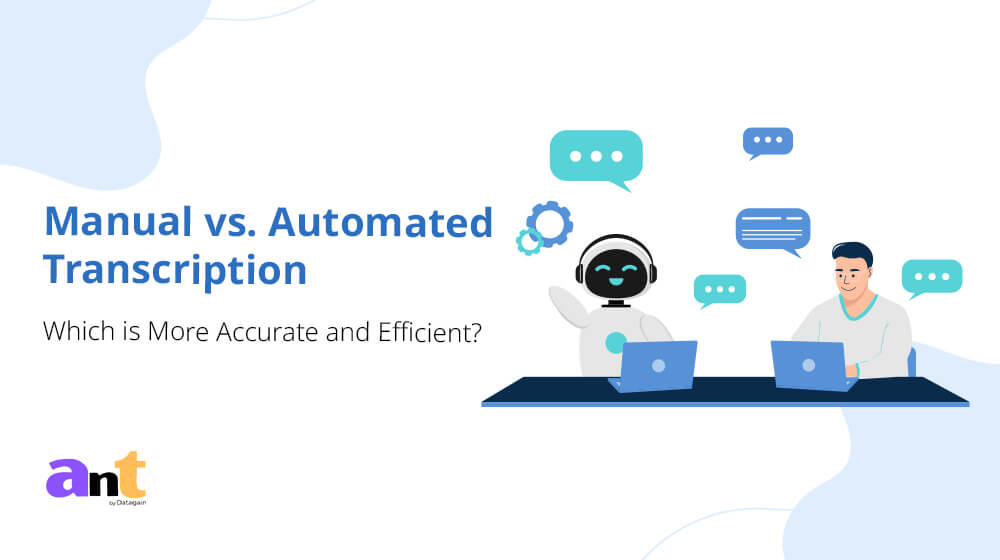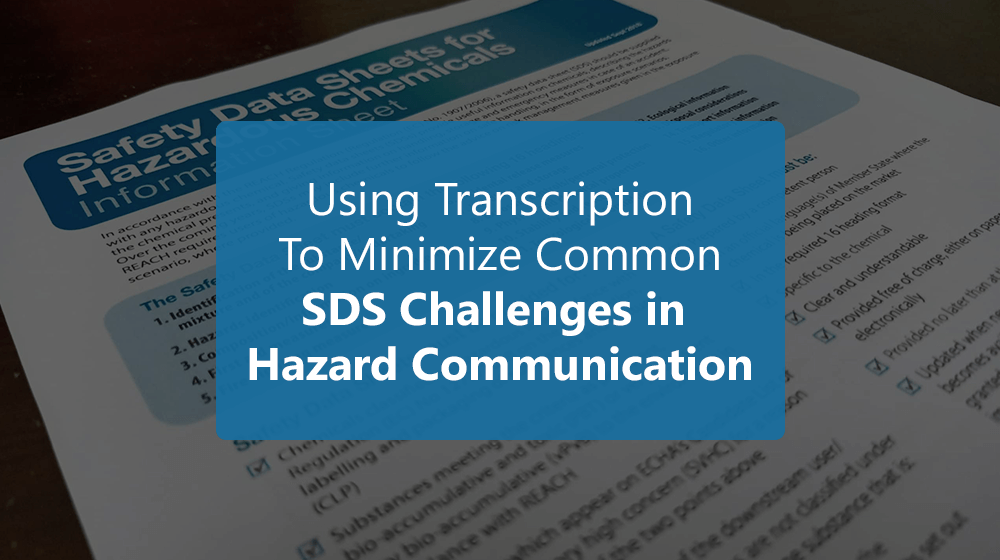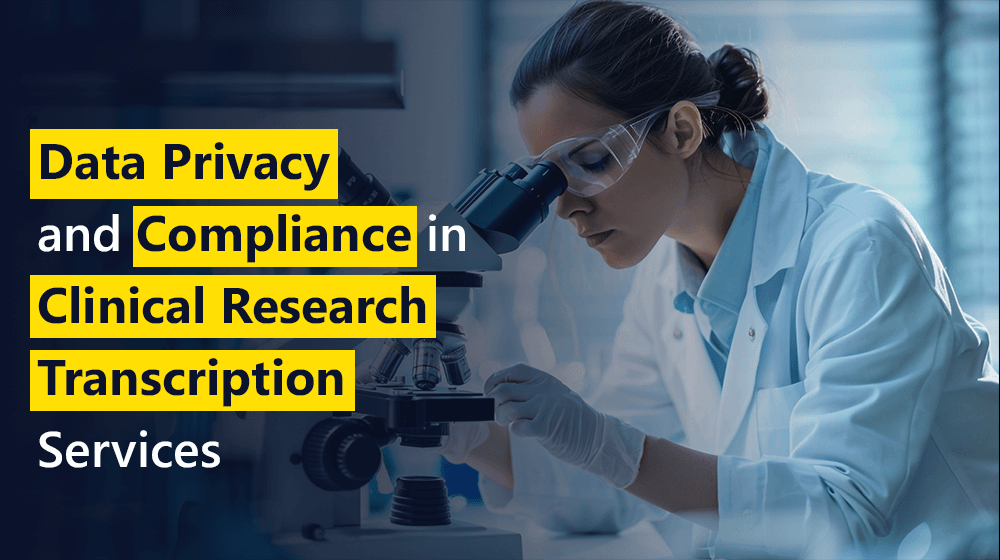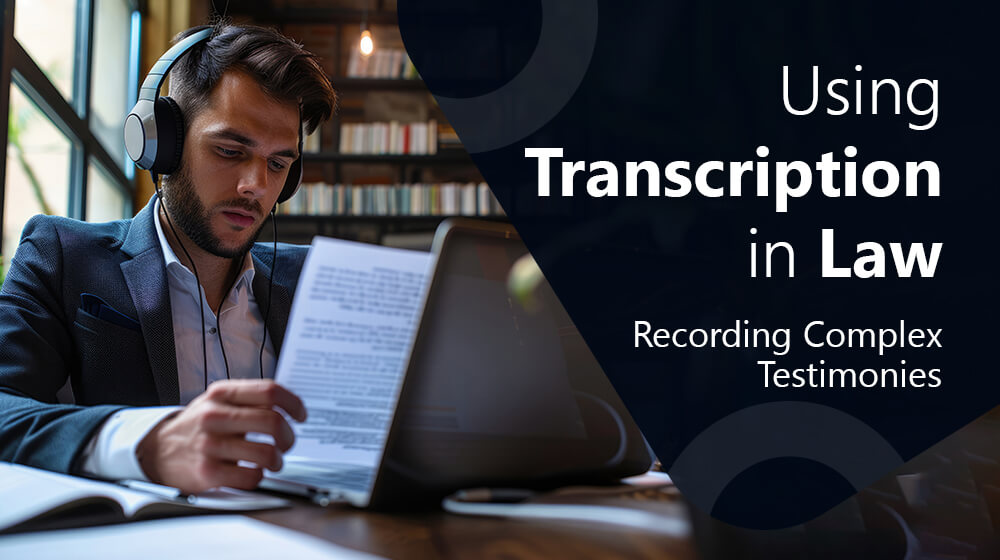Transcription, the process of converting spoken language into written text, is a crucial task in various fields such as research, journalism, legal work, and content creation. With advancements in technology, two main methods of transcription have emerged: manual transcription and automated transcription. Each method has its own set of advantages and disadvantages, which raises the question: which is more accurate and efficient?
In this article, we will explore the differences between manual transcription and automated transcription, their accuracy, efficiency, and the contexts in which they excel.
What is Manual Transcription?
Manual transcription involves a human transcriber listening to an audio recording and typing out the spoken words into text. This process is traditionally done by professional transcribers who are skilled in accurately capturing speech, including nuances, accents, and contextual meaning. Manual transcription is a meticulous task that requires a high level of concentration and language proficiency.
Advantages of Manual Transcription
1. High Accuracy: One of the primary benefits of manual transcription is its accuracy. Human transcribers can understand context, detect nuances, and recognize different accents and dialects, which automated systems may struggle with. This results in a more precise and reliable transcription.
2. Contextual Understanding: Human transcribers can interpret the context of the conversation, understand idiomatic expressions, and accurately transcribe homophones based on the context. This level of understanding is difficult for automated transcription systems to achieve.
3. Handling Complex Audio: Manual transcription is particularly useful for transcribing audio with multiple speakers, background noise, or poor audio quality. Human transcribers can distinguish between different voices and accurately capture the dialogue, even in challenging conditions.
Disadvantages of Manual Transcription
1. Time-Consuming: Manual transcription is a slow process. Depending on the length and complexity of the audio, it can take several hours to transcribe a single hour of recording. This can lead to delays in the availability of the transcribed text.
2. Higher Costs: Hiring professional transcribers can be expensive. The cost of manual transcription services is generally higher compared to automated transcription tools, making it less accessible for those on a tight budget.
3. Inconsistent Quality: The quality of manual transcription can vary depending on the skill and experience of the transcriber. Even the most experienced transcribers can make mistakes or overlook details, leading to inconsistencies in the final transcript.
What is Automated Transcription?
Automated transcription uses artificial intelligence (AI) and machine learning algorithms to convert spoken language into text. These systems analyze the audio input and generate a transcript without human intervention. Automated transcription tools have gained popularity due to their speed and cost-effectiveness.
Advantages of Automated Transcription
1. Speed: Automated transcription is significantly faster than manual transcription. AI-powered tools can transcribe an hour of audio in a matter of minutes, making them ideal for time-sensitive projects.
2. Cost-Effective: Automated transcription tools are generally more affordable than hiring professional transcribers. Many services offer subscription models or pay-as-you-go options, making them accessible to a wider audience.
3. Consistency: Automated transcription systems provide consistent results. Once trained, these systems apply the same rules and algorithms to every transcription, reducing the risk of human error and variability.
Disadvantages of Automated Transcription
1. Lower Accuracy: Despite advancements in technology, automated transcription systems still struggle with accuracy. Factors such as background noise, multiple speakers, and accents can reduce the quality of the transcription. Automated systems may also misinterpret words, especially homophones, leading to errors in the transcript.
2. Lack of Contextual Understanding: Automated transcription tools lack the ability to understand context, idiomatic expressions, and cultural nuances. This can result in transcripts that are technically accurate but lack the depth and meaning captured by human transcribers.
3. Limited Flexibility: Automated transcription systems may have difficulty with specialized vocabulary, industry-specific jargon, or unique speech patterns. They are also less effective in transcribing emotional tone or speaker intent, which can be critical in certain contexts.
Comparing Accuracy
In terms of efficiency, automated transcription is the clear winner. The speed at which automated systems can transcribe audio far surpasses that of human transcribers. This makes automated transcription an attractive option for projects with tight deadlines or large volumes of audio.
Manual transcription, while slower, provides a level of accuracy and contextual understanding that automated systems currently cannot match. For projects where precision and detail are paramount, manual transcription remains the preferred choice.
Use Cases for Manual Transcription
1. Legal and Medical Transcription: In fields where accuracy and confidentiality are critical, such as legal transcription and medical transcription, manual transcription is often preferred. Human transcribers can accurately capture complex terminology and ensure that the final transcript meets strict quality standards.
2. Research Interviews: Qualitative research interviews often involve nuanced conversations that require careful interpretation. Manual transcription allows researchers to capture the depth and context of the dialogue, providing richer data for analysis.
3. Media and Journalism: Interviews and broadcasts in the media industry often involve multiple speakers, background noise, and varying accents. Manual transcription ensures that the final transcript is accurate and reflects the true content of the audio.
Use Cases for Automated Transcription
1. Content Creation: Automated transcription is ideal for content creators who need to quickly transcribe videos, podcasts, or webinars. The speed and cost-effectiveness of automated tools allow creators to generate transcripts rapidly, making their content more accessible.
2. Meeting Notes: For businesses that need to transcribe meeting notes, automated transcription offers a fast and efficient solution. Automated tools can quickly generate transcripts of meetings, enabling teams to focus on actionable items rather than note-taking.
3. Customer Service: Automated transcription can be used to transcribe customer service calls, providing valuable insights into customer interactions. This can help businesses improve their services and better understand customer needs.
Combining Manual and Automated Transcription
Many organizations are finding value in combining manual and automated transcription to leverage the strengths of both methods. Automated transcription can be used to quickly generate a rough draft, which is then reviewed and edited by a human transcriber. This hybrid approach combines the speed and cost-effectiveness of automated transcription with the accuracy and contextual understanding of manual transcription.
Conclusion
The choice between manual transcription and automated transcription depends on the specific needs of the project. Manual transcription offers higher accuracy and contextual understanding, making it ideal for complex and detail-oriented tasks. Automated transcription, on the other hand, provides speed and cost-effectiveness, making it suitable for time-sensitive projects and large volumes of audio.
As technology continues to advance, the gap between manual and automated transcription is narrowing. Automated transcription systems are becoming more accurate and capable of handling complex audio scenarios. However, for now, manual transcription remains the gold standard for accuracy and contextual understanding.
Ant DataGain offers comprehensive transcription services that combine the precision of manual transcription with the efficiency of automated transcription. With a commitment to accuracy and quality, Ant DataGain ensures that every transcription meets the highest standards, providing clients with reliable and timely transcriptions for all their needs. Whether you need detailed manual transcription for complex audio or fast and cost-effective automated transcription, Ant DataGain delivers exceptional results every time.

















